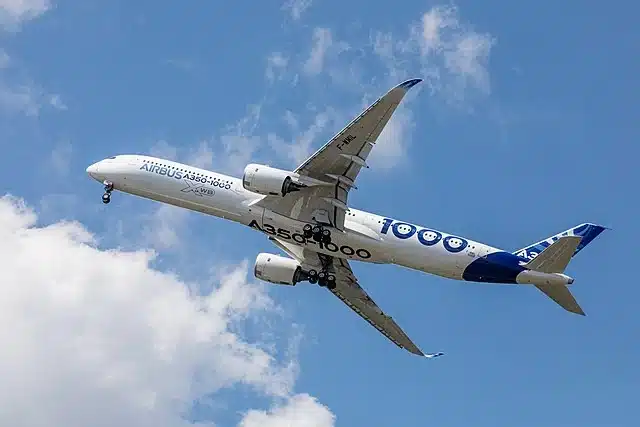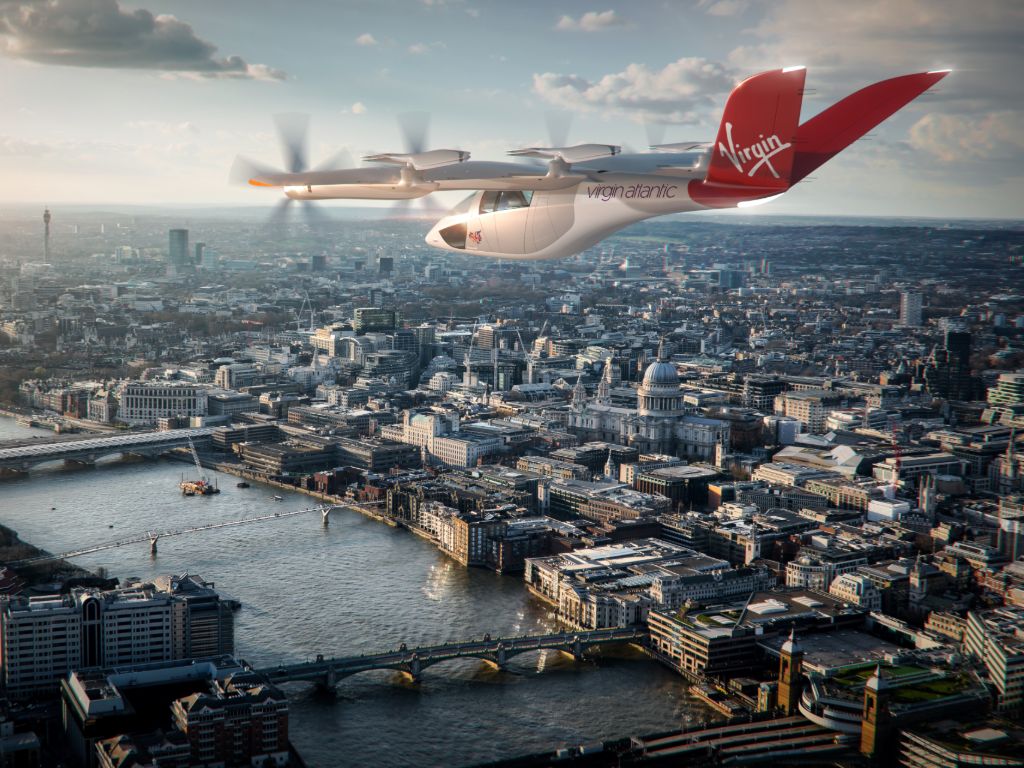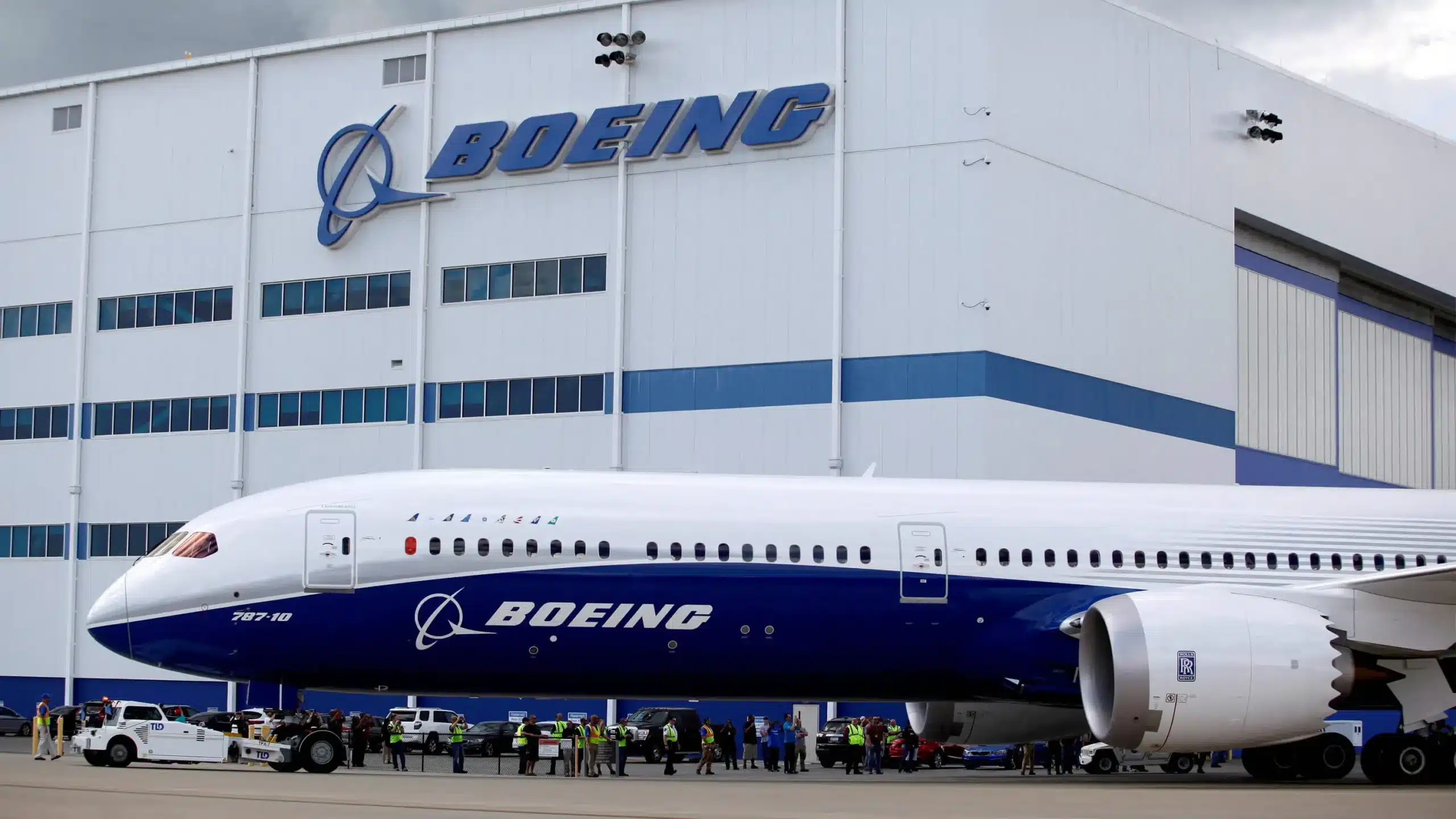Low Cost Carriers focus on one thing: You
Budget Airlines, and Low-cost carriers are the most profitable in our industry. But how?
Say “welcome on board” to the two most important phrases in commercial aviation. Load Factor and Yield Management.
The next time you book that cheap flight to Panama City Beach, please think about the price you pay. And why you paid it. Ten years ago, this piece would have gone into differentiators like fuel surcharges, add-on charges and fees. But no longer. Covid has put an end to all of that.
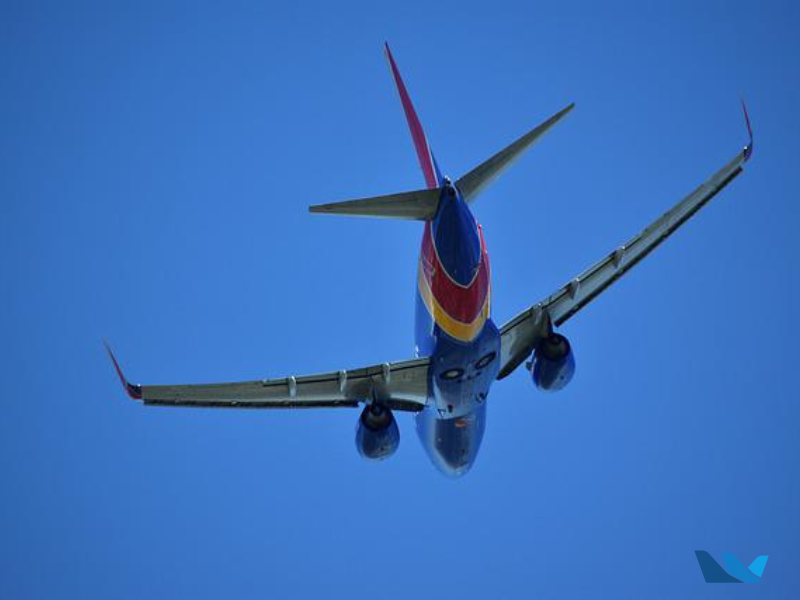
We want to explain how the budget airlines are designed to take advantage of places where legacy carriers cannot, especially in times of crisis. But we will go that extra mile to show you how the big boys are fighting back.
One Rule - Full Flights
There is a valuable economic lesson to learn in the for-profit business of flying commercial passenger aircraft. Once you understand these two basic concepts, and how they are related, everything else just becomes cost or revenue.
If you’ve never heard of yield management or load factor, and think they are the single most boring phrases you may have heard of then, first we agree, but second, we are going to change all of that. Because these are the two most discussed, considered and debated subjects within Airline management.
Low-Cost Airlines History
It started with the Airports. In both North America and Europe. Why? Because there’s lots of them. Through two World Wars and the evolution of air dominance most US states (and countries) built many airports. In Europe most major cities have three or four main airports.
If you include General Aviation, Military and Civil, London has more than Twenty operating airfields. Jump ahead to the late eighties and Herb Kelleher decided that operating an airline wasn’t that complex. And if he went to these underused airports, he could undercut the fares market.
If he simplified matters onboard and flew only to secondary airport destinations, he could lower costs and increase frequency. More flying and better fares. Something that was lacking at that time.
Ryanair’s Mick O’Leary saw that too (thanks to Herb), and so he did the same thing in Europe. Using cheap aircraft to fly to underused airports. And a lot of these airports paid him just to fly his passengers there. It would be a long time before the full-service airlines took notice. And for some of those it would come too late.
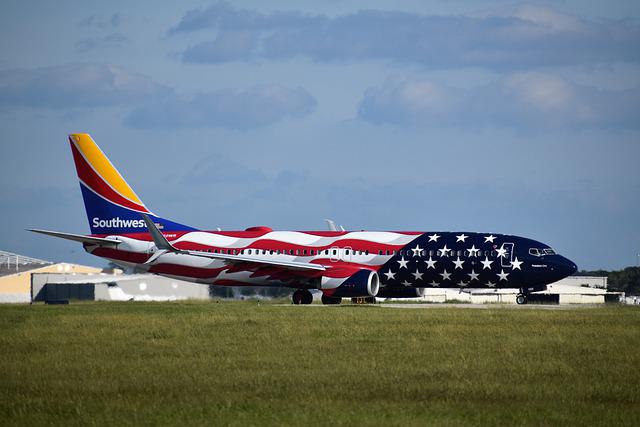
Low Cost Carrier Commandments
Here they are. There are more but these are the key ones.
- Thou shall use only One Type of aircraft, as frequently as possible. A B737Max or an A320Neo.
- Thou shall set up, or close Bases like Ninjas.
- Thou shall give each route 6 months to prove profitability, and no longer.
- Thou shall reward staff mostly for their performance and results.
- Thou shall be ruthless in how you abuse your buying power from suppliers.
- Thou shall be meticulous in how your cash/assets and customer platforms are maximized.
- Thou shall sell directly to the customer and vow to destroy third party resellers.
- Thou shall have a load factor over 90% as a fleet average.
- Thou shall have Yield Managers who can perform magic. Actual magic. And read minds.
- Thou shall reward customers who play by your rules. And punish everyone else.
Populous Destinations
Michael O’Leary wasn’t an aviation geek. He was an accountant. He’s great with numbers. At a time when national (State) airlines were hailed as the face of a country and an important political tool, it didn’t take Mick long to see where they were going wrong.
Legacy carriers were bloated. They had a ratio of staff per aircraft in the thousands. Uniformed staff at every stage of the passenger journey at every airport. Beverages, and food free of charge. Hot and cold towels. Flight Entertainment.
But it wasn’t free of charge. Before Southwest came along it would have cost you up to $1,000 to travel between two major airports and flying internationally was only for the wealthy. But Ryanair also did something very few airlines did, if ever. Make a profit. The Budget Airline model wasn’t re-invented by Ryanair – but they would take it to never-before-seen heights.
Second Cities & Top Deals
A modern commercial Jet aircraft can fly a few thousands of hours each year before maintenance is required. How much you can fly is down to your routes, your frequency, and the amount of money you charge those people. Each aircraft has two sets of costs.
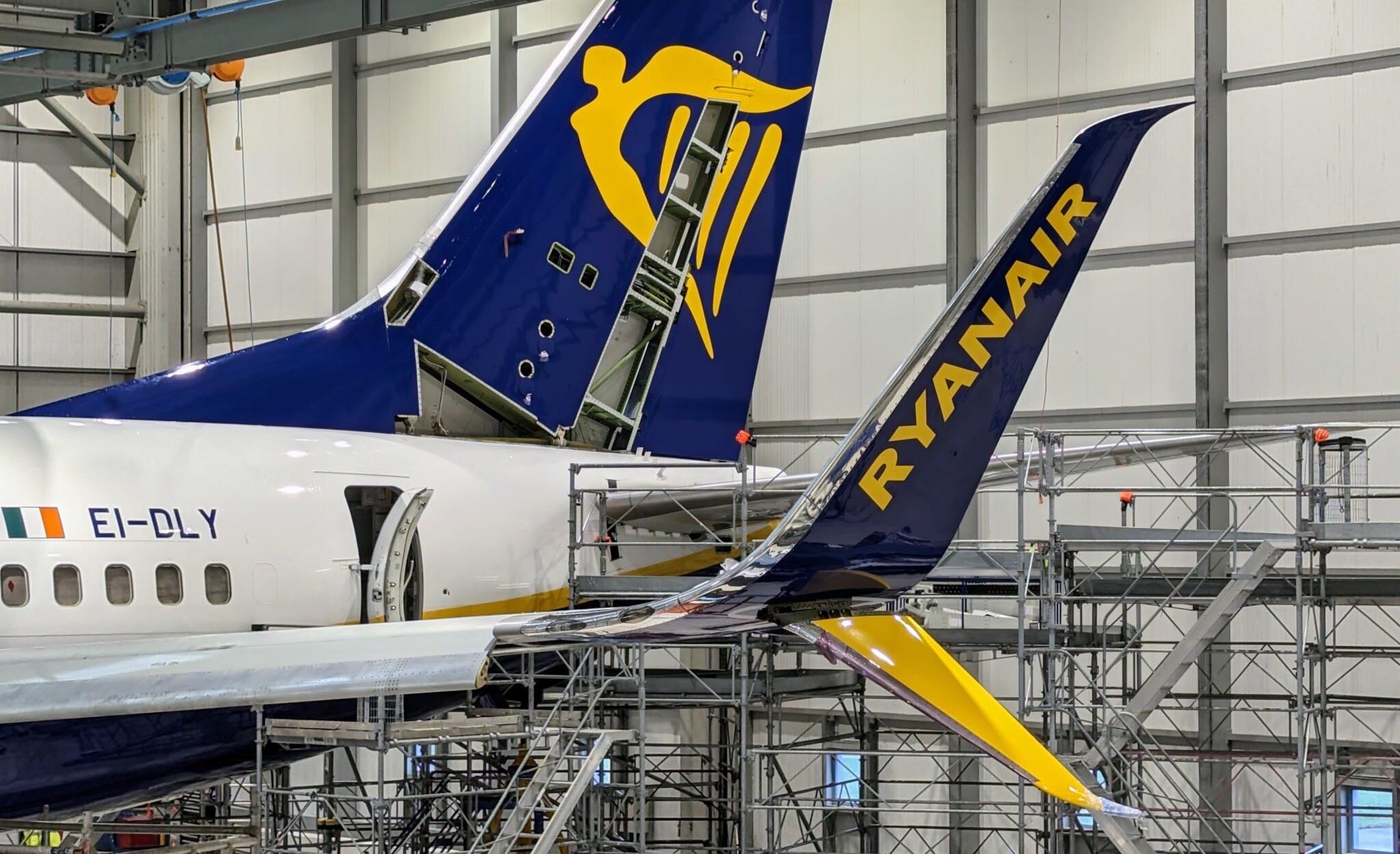
Fixed costs and DOC’s or direct operating costs. DOCs are what you need to pay each time you fly. Such as Fuel, Navigation charges, landing charges, handling charges, catering, and a few others. Fixed costs such as aircraft lease or finance, crew charges, Insurance and Maintenance are all fixed.
On average these are 50%/50% in terms of the running costs of your aircraft. We won’t get too deep into the math, but if you fly 1,000 hours a year, then your per flight or per hour cost is X, but if you fly 4,000 hours your costs are four times “cheaper” per seat.
So as Commandment one states, fly as much as operationally possible. Budget Airlines do this with short cycle, quick turnarounds, using modern aircraft whose engines only need overhauling every 8-10 years. And No-frills Airline fleets are updated so fast that major maintenance events are rarely achieved.
The Load Factor...factor
This is the fullness, or emptiness, of a flight represented as a % of the total seats. An empty Allegiant Air aircraft load factor is 0%, a full Southwest flight load factor is 100%. Anything over 75% is breakeven for that route (not as an average!). This is where things get complex.
Larger aircraft operating international flights with 4 or 5 different classes would have a more varied view of their LF “breakeven”. Ten economy passengers might not pay the same as one business class fare. Frontier and AirAsia (and many others) post their route data online. For example, here is Ryanair’s.
And as you can see, they play the board in terms of how they see their business. Many aircraft are on many routes, and it just boils down to traffic. Passengers and load factor. Easy to understand even for those Wall Street guys. And so, this brings us to the secret sauce. Yield management.
Yield (Revenue) Management
The Right customer, at the right time, gets the right price. That’s all it is. A bit like Poker. It is extremely easy to learn the rules but takes a lifetime to master. And even then, variance can make you look like a fool. Here’s golden rule number one.
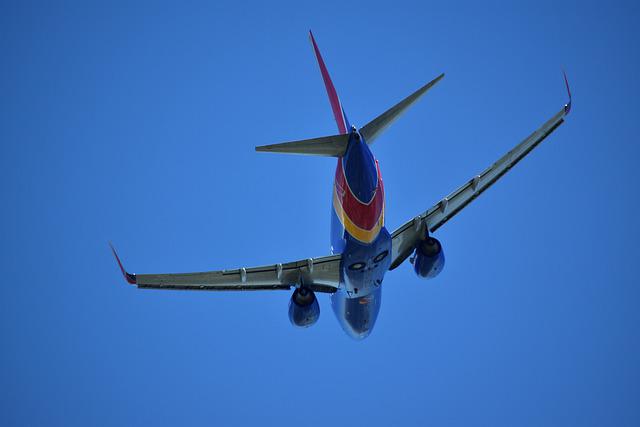
An empty seat on an aircraft that has already taken off has cost you money. Someone should have paid you something and taken that seat. So, the question is what mistake did I make that resulted in that seat not being sold?
Airlines offer deals months in advance and have enormous historical data as well as computer software scenario tools to help them. It used to be that the later you booked, the more expensive it was and that’s true to a point. If you pitched up to JFK tomorrow and asked for a seat on the next flight to Paris, you would not be rewarded for your strategy.
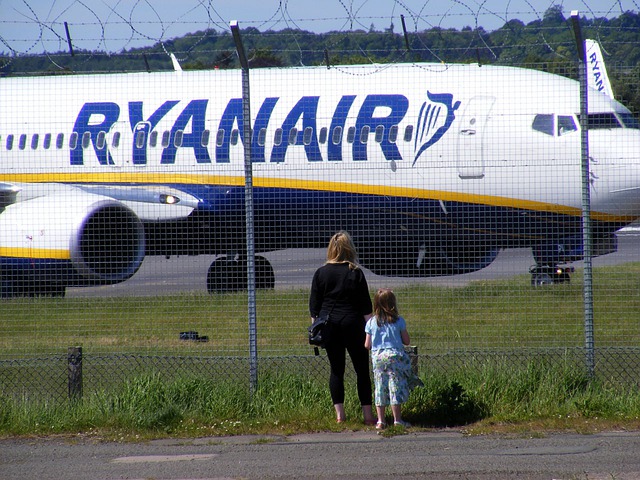
But yield and revenue management is a constantly moving target. You have slower moving elements such as passenger habits, city trends, political disruptions and of course Covid showed us what a full stop looked like. There are also fast-moving elements such as competition. And, thankfully for us passengers, this has the most bearing on price.
But the Budget Airline loves competition because his competitors are rarely as comfortable at the lower ends as they are. But that is changing in 2022. If you plan well enough, you can get fares on great airlines around the world for well under a thousand dollars. Right now, it only works for single people or couples and not for families. Or businessmen, or groups of people heading away for a conference. And this is what keeps the Yield managers busy. Which passenger gets what price and when?
Manage your traffic properly. Use your aircraft to its maximum capacity. You shouldn’t go too far wrong.

